Here Are Some Real Reasons New Yorkers Shouldn't Fear Ebola In NYC
It's happened: The Ebola virus has made its move to the big city, presumably with big dreams of infecting the lot of us.
Ebola is understandably frightening, but if you listen to the voices of reason, there's not a lot to be scared about, and medical staff and emergency support crews are working hard to make sure it stays that way. Maybe that's one reason why most New Yorkers are saying they aren't scared. Or maybe it's because Ebola is really a poor match for what New Yorkers already choose to put up with on a daily basis. The city is filled with hazards, some much more real than others, so let's all remember:
New York's subway rats have been carrying Ebola-like, hemorrhagic fever-causing diseases for lord knows how long.
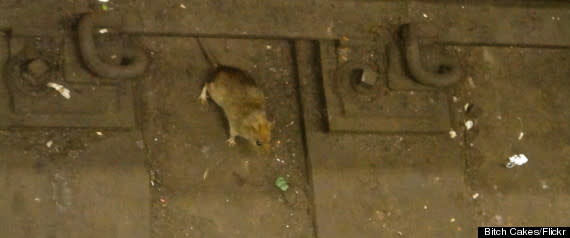
Love HuffPost? Become a founding member of HuffPost Plus today.
A recent study found the city's rats to carry a whole bunch of terrible diseases, which is the least surprising thing we've heard all week.
We live under constant threat of death by taxi.

No matter where you stand -- on the curb or just off it -- it seems like taxis are drawn to warm bodies like German tourists to Times Square. We wonder who gave them driver's licenses and how hard those instructors had recently hit their heads. Recent numbers suggest it's getting more dangerous out there, but our street smarts keep us safe.
New Yorkers casually walk around active construction sites, where razor-sharp blades occasionally fly off.
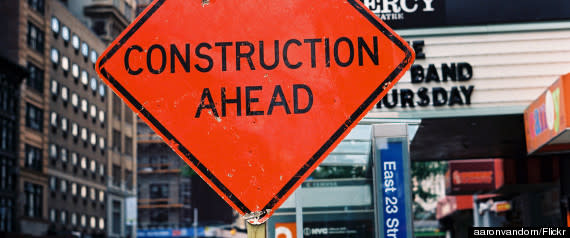
Back in May, one poor woman was hit by a chainsaw blade while walking around midtown Manhattan. While the blade flew 100 feet and grazed her leg, she sustained only minor injuries.
Our bike lanes are terrifying.
Casey Neistat made this video in 2011 to bring attention to the city's poorly maintained and hazardous bike lanes, and the police officers that still ticket riders for not using them. (The lanes are a bit better today, but still need reforms.)
Our subway cars harbor lethal viruses...
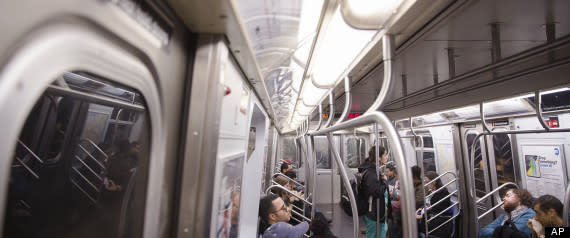
Chances are, you're not going to contract Ebola on the subway, but you could easily catch another very deadly virus -- the flu.
And mystery liquid dripping from the ceiling.
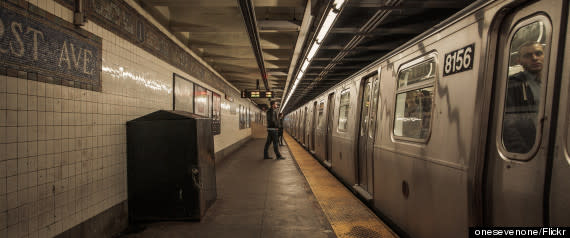
And other stuff that hopefully doesn't hit you in the face on its way down.
New Yorkers weathered a hurricane together.
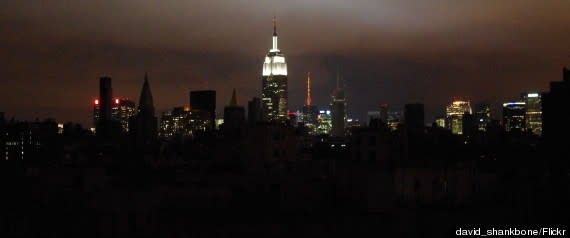
The city lost power, homes, lives, subway access and most city functionality during 2012's Hurricane Sandy. But New York still stands, and even went on to give birth to the cronut. Let's cross our fingers that the next storm won't be so catastrophic.
And endure the erratic behaviors of New York's Finest.
Between pepper-spraying a guy waiting for the train, kicking people on the street and arresting a performer for simply playing music, it's hard to know what to expect from New York City police these days.
Plenty of people in New York ride the subway late at night.
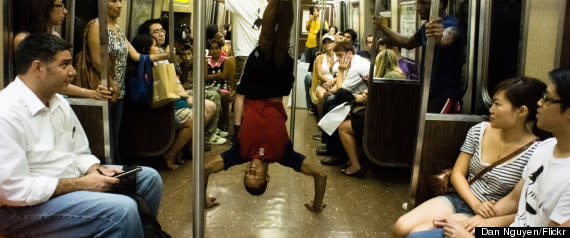
What happens on lonely subway cars in the wee hours when no one's really around? Probably nothing bad, which is why some of us still ride the train then. (If you're lucky, you'll get a show!) But yes, there are risks. Risks we are willing to take in the name of not paying for a cab.
We eat from street carts...
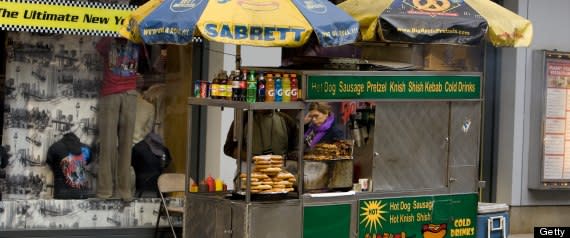
It's totally fine... most of the time.
And restaurants with less-than-stellar Health Department ratings.
They get an "A" for creativity!
Sometimes we get trapped underground and don't know how long we'll be there.
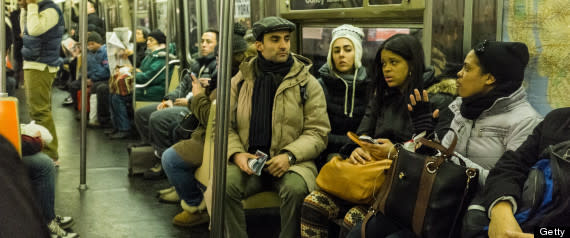
Delays due to "train traffic ahead of us" or "a sick passenger" happen regularly, but occasionally a train just hops the rails entirely and leaves everyone underground for hours. Claustrophobes beware.
And finally, a lot of us regularly take the G train, which is a complete mental health hazard in itself.
It's G for "ghost."
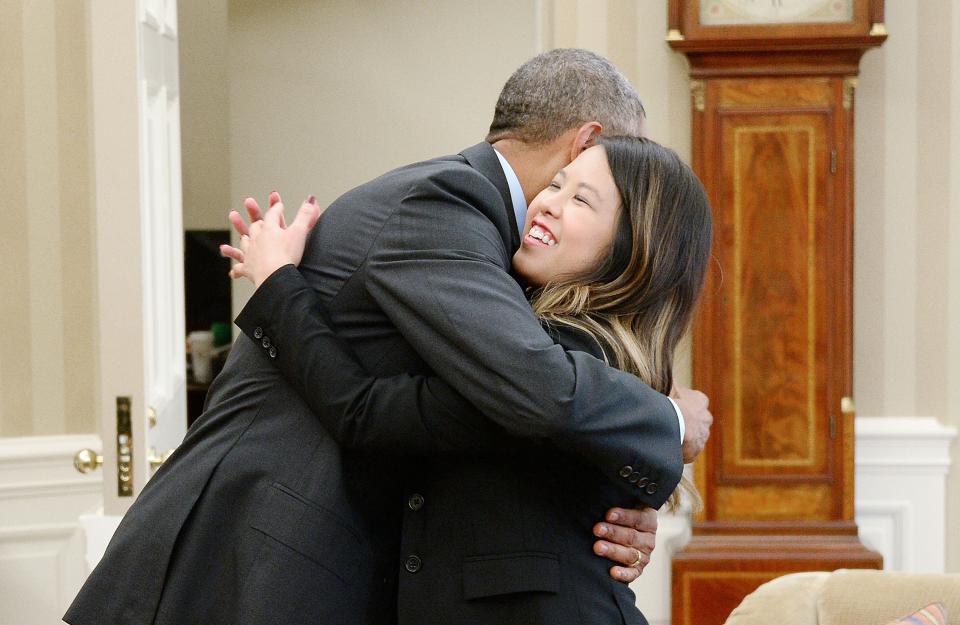
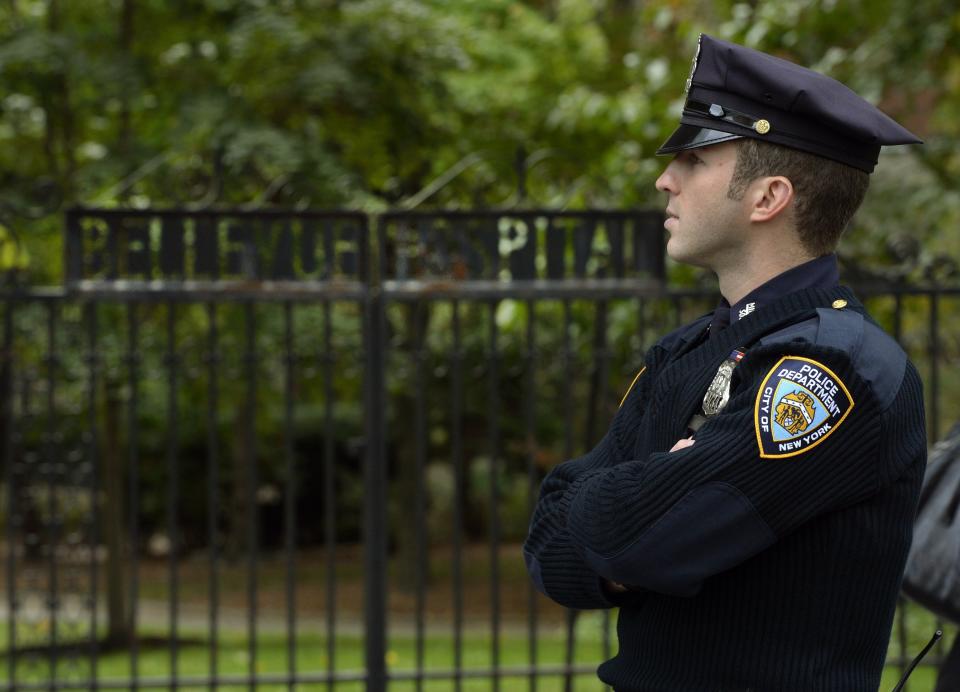
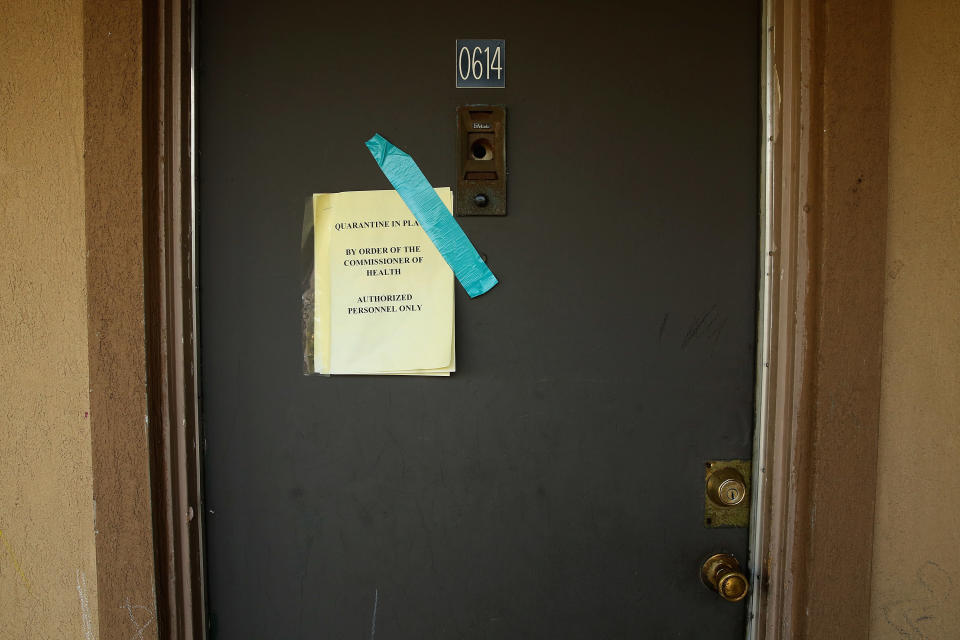
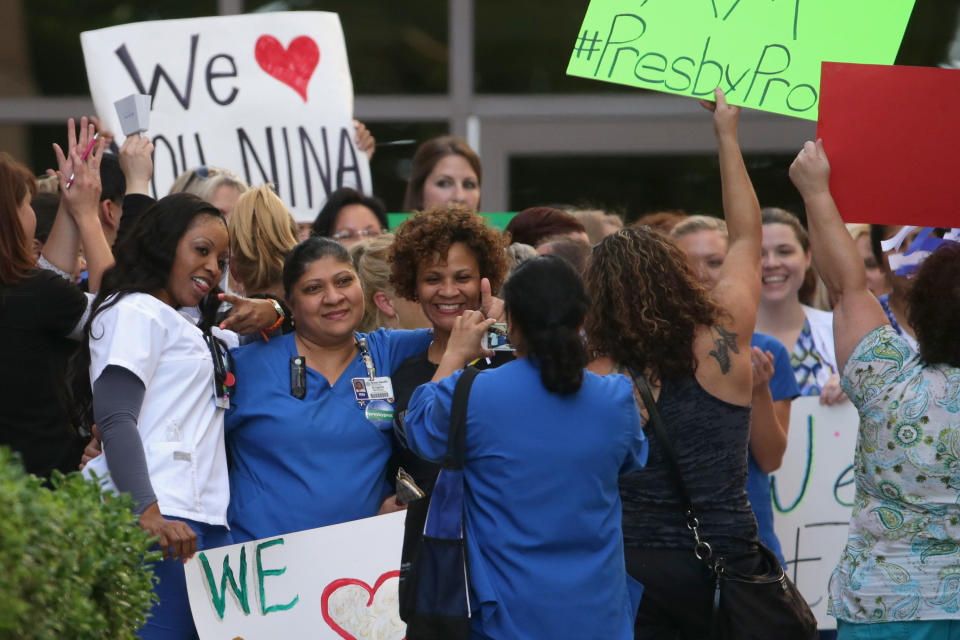
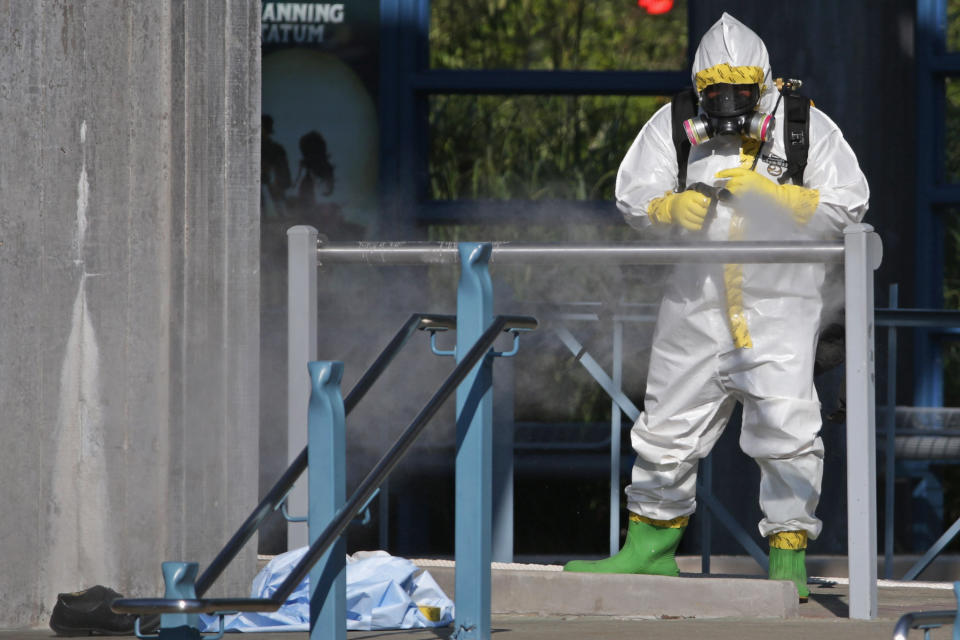
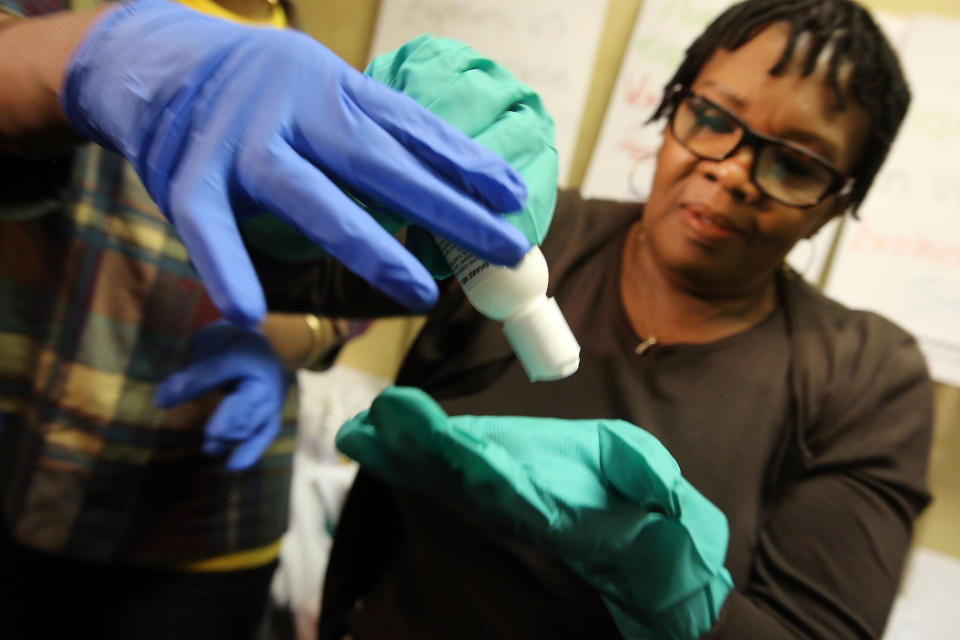
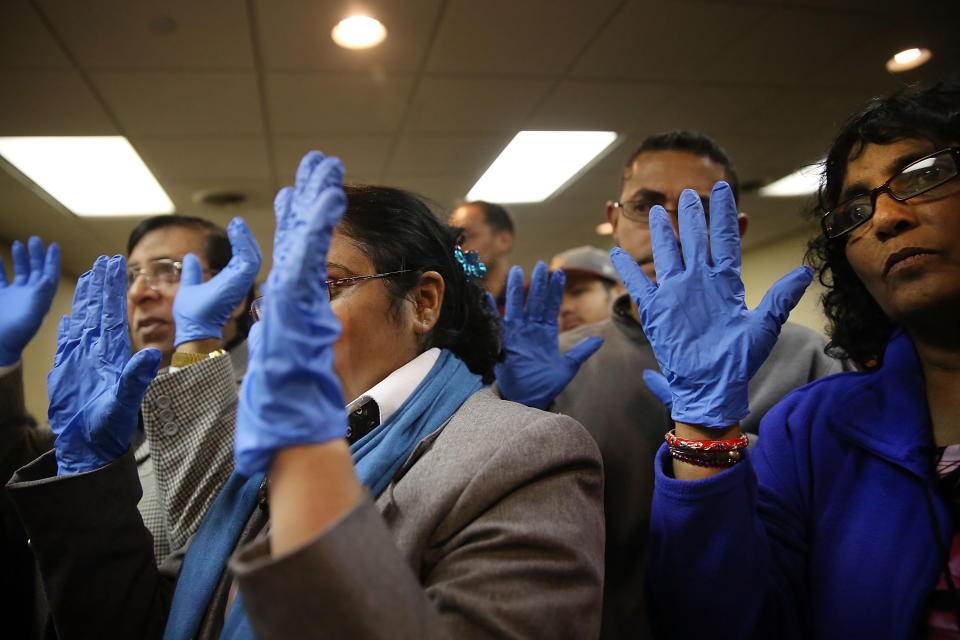
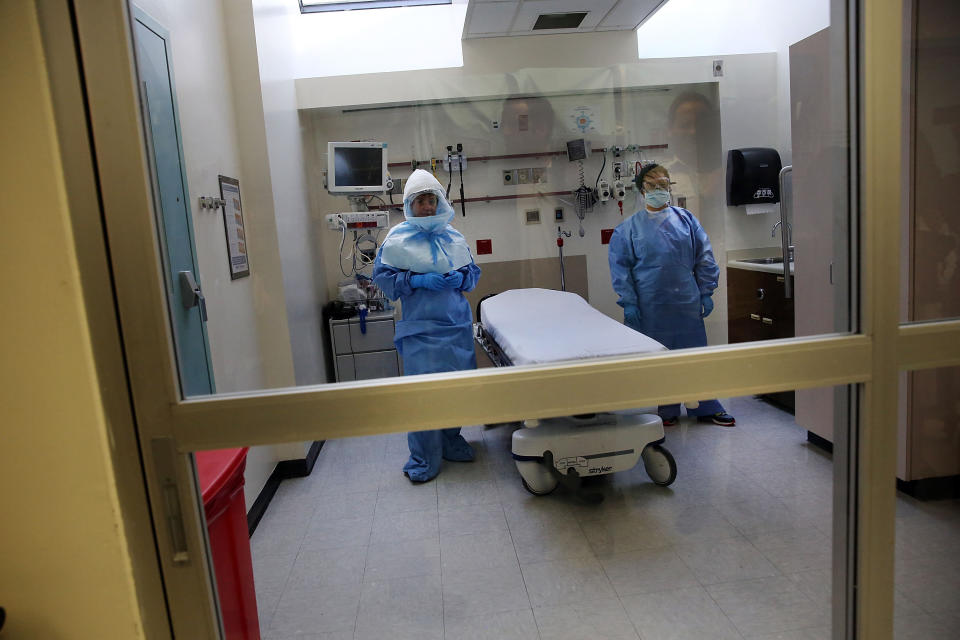
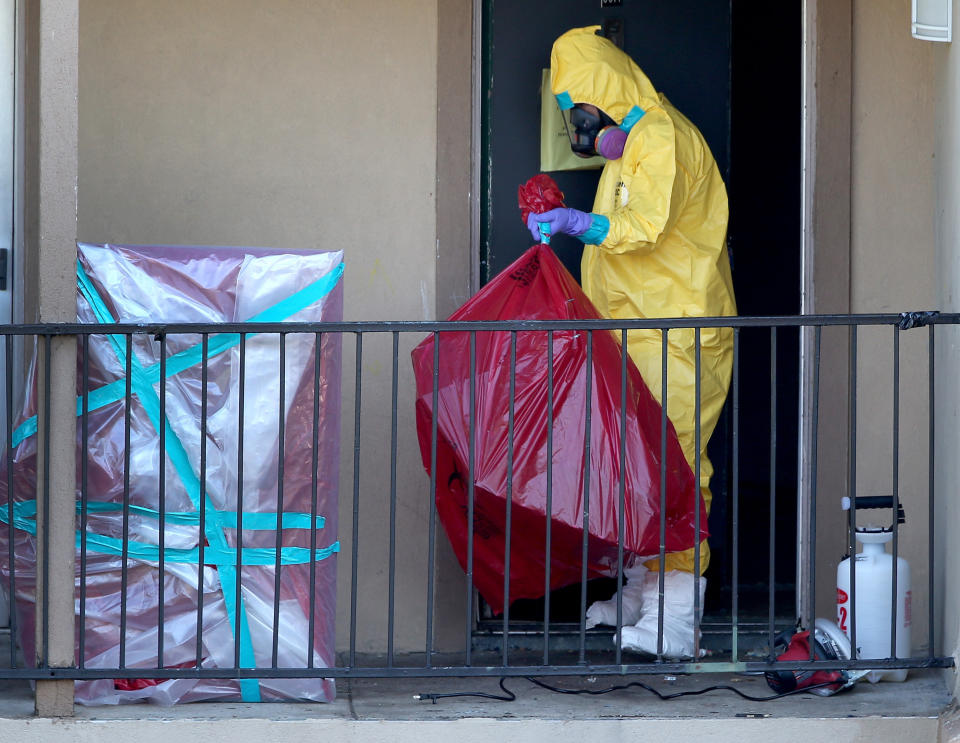
This article originally appeared on HuffPost.





